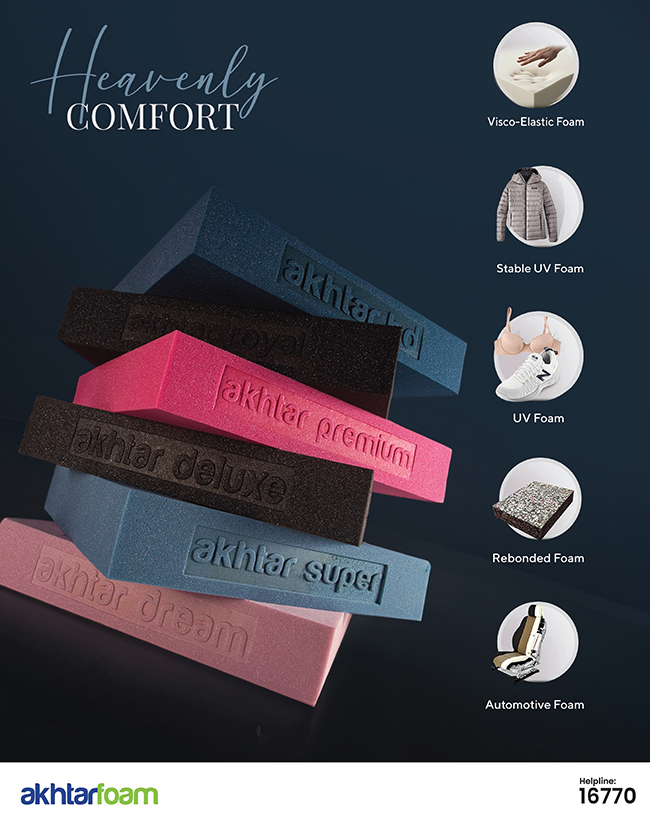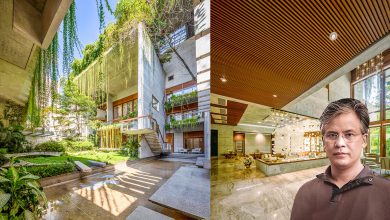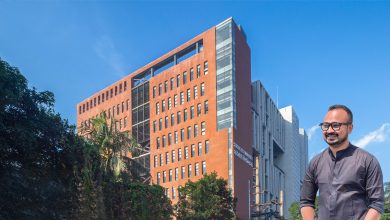Visual artist Nipa Nipobithi Das’s life in art began after her post-graduation in English Literature. One of the artists contributing to the mural depicting the country’s cultural motifs at the European Union Delegation in Bangladesh, she continues her depiction of femininity and the socio-cultural female contributions throughout her expansive portfolio of works.
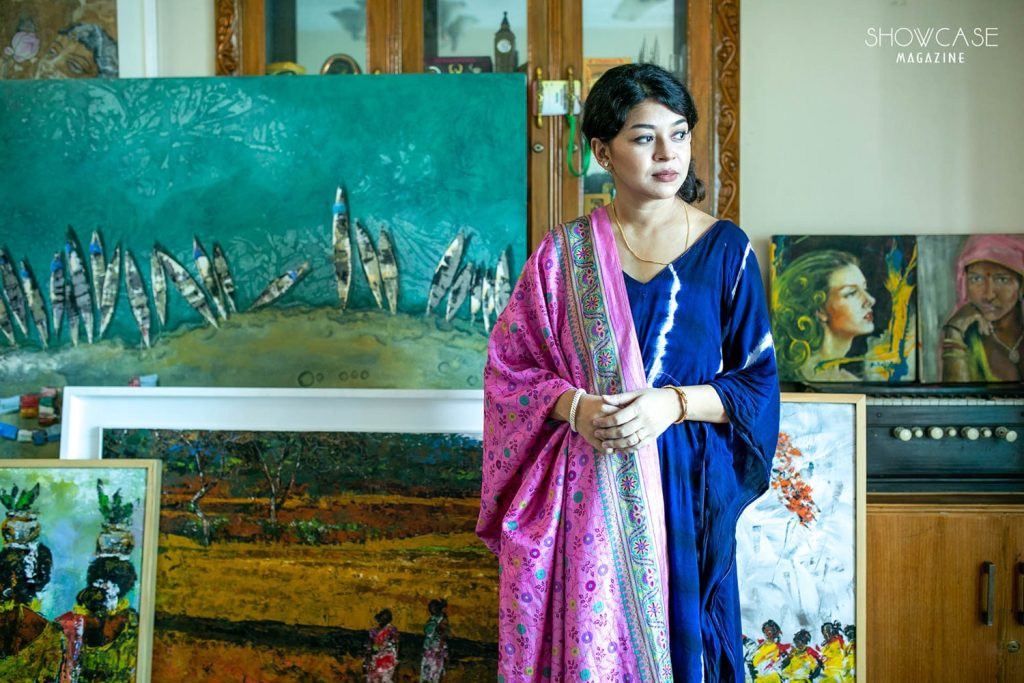
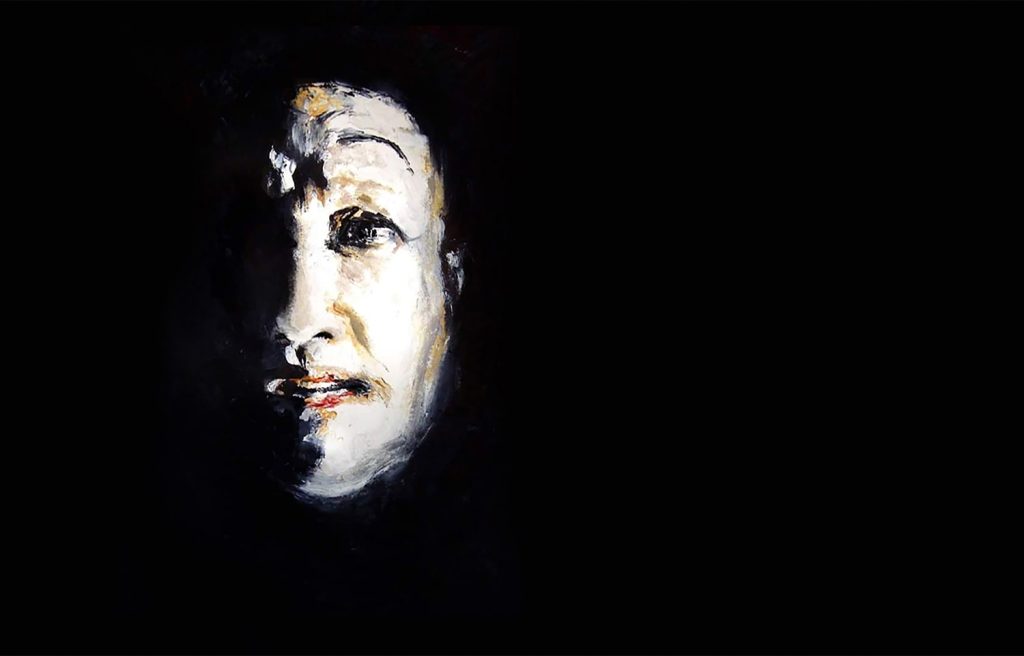
Originally beginning her higher education in Business Administration, but unable to cope with her circumstances, she sought refuge at the Dhaka University’s Charukola, Bokultola. “There, I would observe artists at work and somehow this ingrained in my subconscious mind a sort of devotion towards the arts. I began to sketch in my notebooks in the middle of my classes.”
Following the completion of her post-graduation, in 2013, Nipa Nipobithi Das ventured into this new undertaking with hyperrealism. “I received quite a few commission based portrait requests from a number of well known individuals and others. But, this later struck a chord with me. I questioned my originality, and subsequently, how much of my personal artistic articulation had I been able to express through these. I moved away from portraits, started on free hand canvases, experimenting with expressionism and impressionism.”
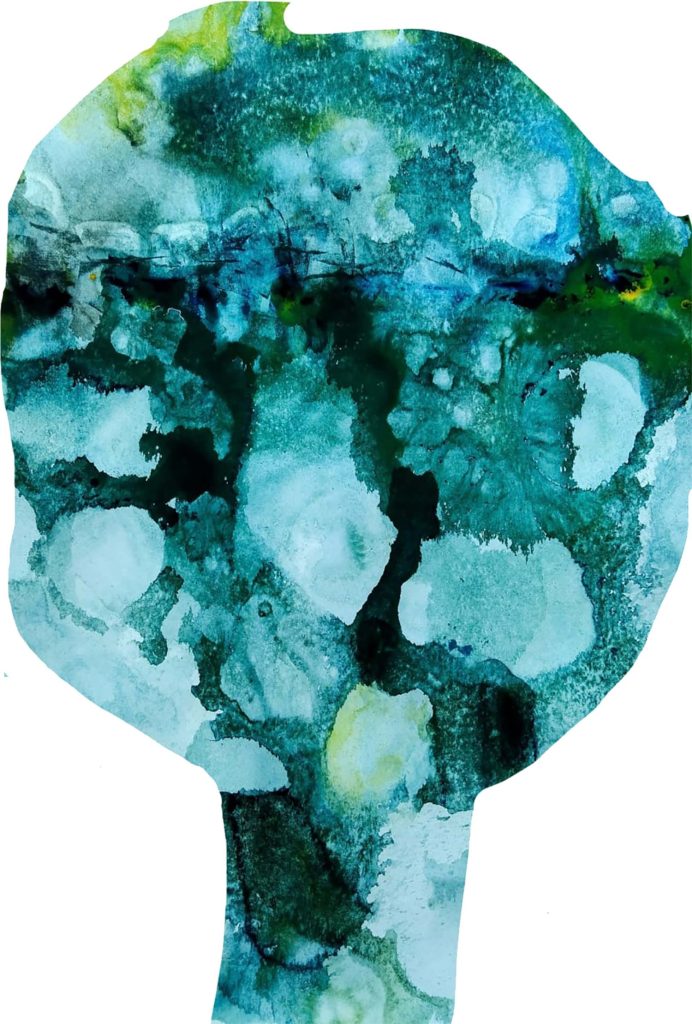
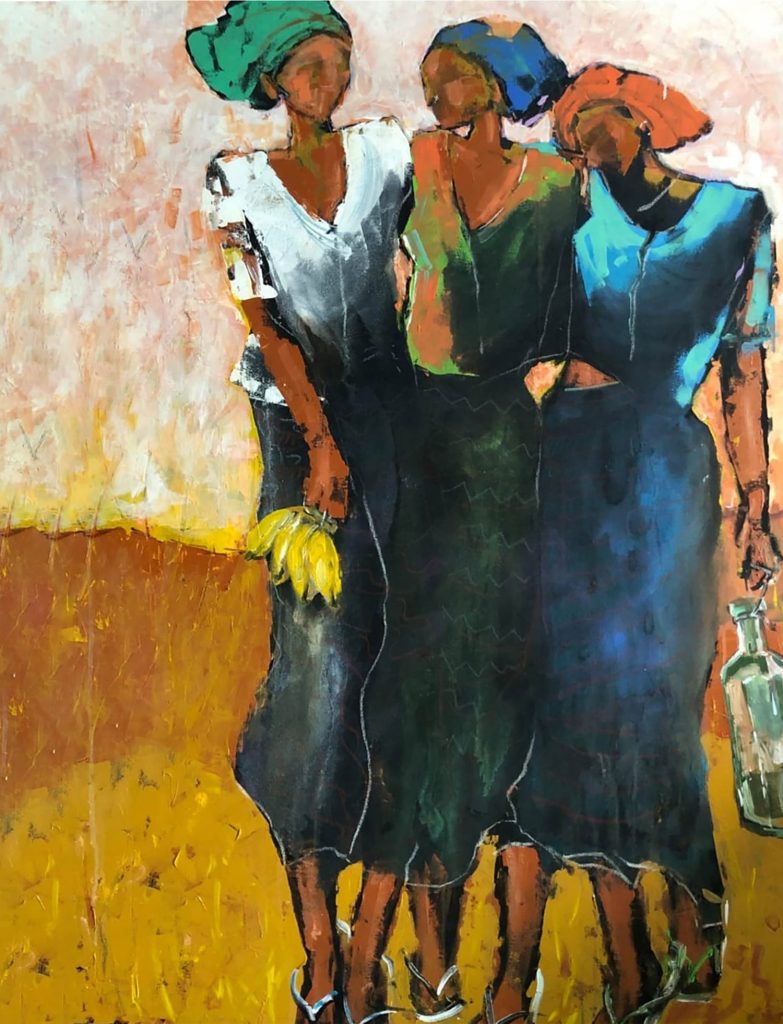
Many of the artist’s work feature the presence of Shautals, primarily the women of the prominent ethnic group engaging in social interactions within themselves and participating in agricultural work. Elaborating on the introspection behind these appearances, Nipa Nipobithi Das states, “Because of my father’s work we moved around quite a bit. While in North-Bengal, I had the opportunity to meet Shautal women and observe their roles. This age-old connection between nature, agriculture and the feminine fairly influenced me.”
She notes the intricacies in her attempt to provide a bridge for this connection to highlight women and their venerable contributions through her art.
Finding herself drifting between several different tools, she was particularly drawn to palette knives. The artist drew heavy inspiration from the works of celebrated impressionist painters, Vincent Van Gogh and Claude Monet. She continues to hone her talents since 2015 with palette knives on larger canvases to further create a distinct artistic signature that provides immediate visual separation and recognition, underscoring the impact of practice as well as effort.
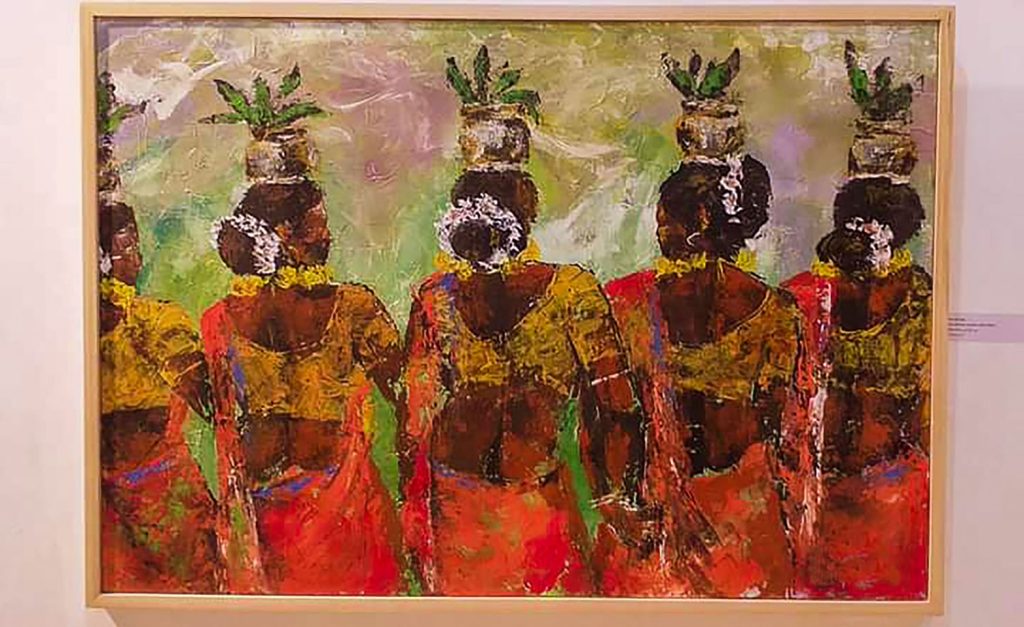
During a submission as a part of the Abinta Gallery of Fine Arts, the visual artist incorporated coffee as a painting medium, “Working with coffee is not something only I, but many other artists practise. Some use tea- the immensely talented Kalidas Karmakar used to paint with maati. This tradition of painting with natural colours and materials, is nothing recent, in fact it dates back to ancient times. I figured since it was oriental painting, Prarachokola, why not make use of our natural pigments.”
She describes that a mixture of tools and talent went into making coffee into a paint medium. “It’s a lot about how I’m controlling my hand and the soluble mixture, in this case water. It comes down to the balance of managing my hands and the water.”
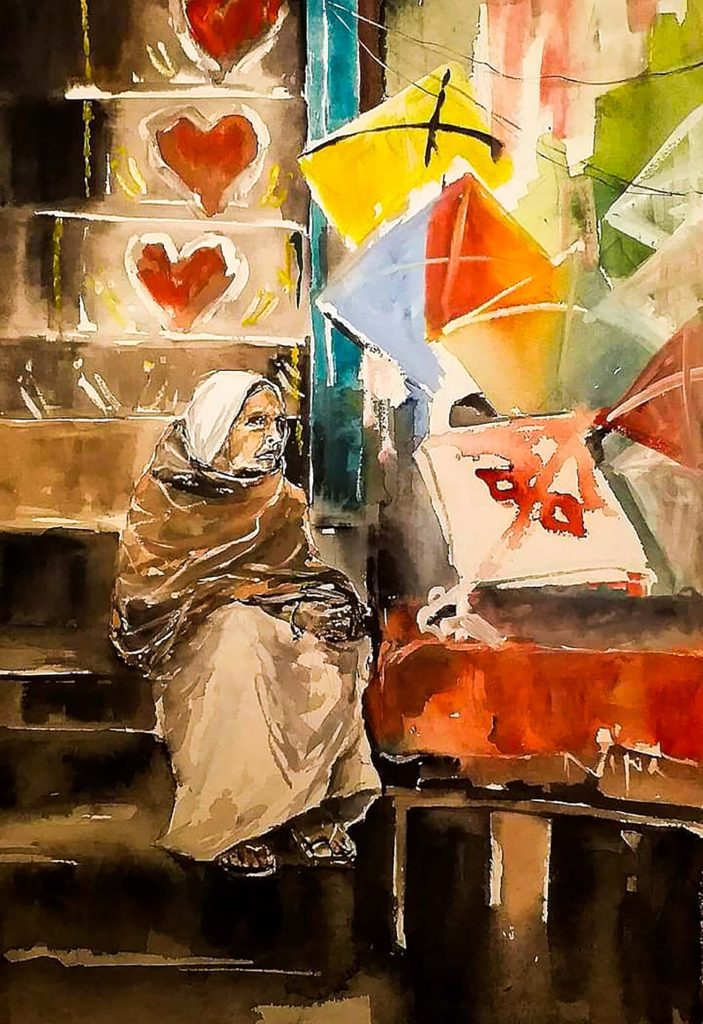
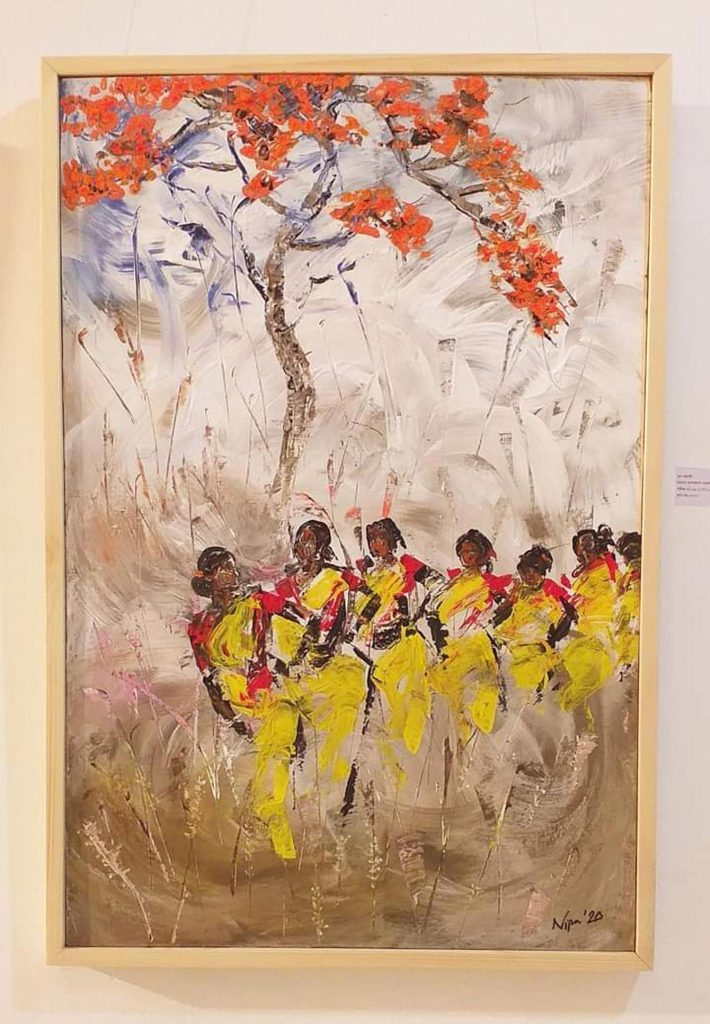
The painter noted the motivation she gets from children’s art, “The way that they facilitate a flow is something many people are unable to achieve. They aid in guiding my subconscious to act through my conscious mind.” In instances of artist block, she takes her time to meditate, eventually picking out a colour without any preconceived ideas, coating a part of the canvas, forcing herself out of a slump, as the first step is always the hardest.
The perfectionist in Nipa Nipobithi Das has on several occasions prompted her to completely redo some of her works if they do not incite awe in herself, “If I myself am not amazed by it, how can I hold the same expectation from others?”
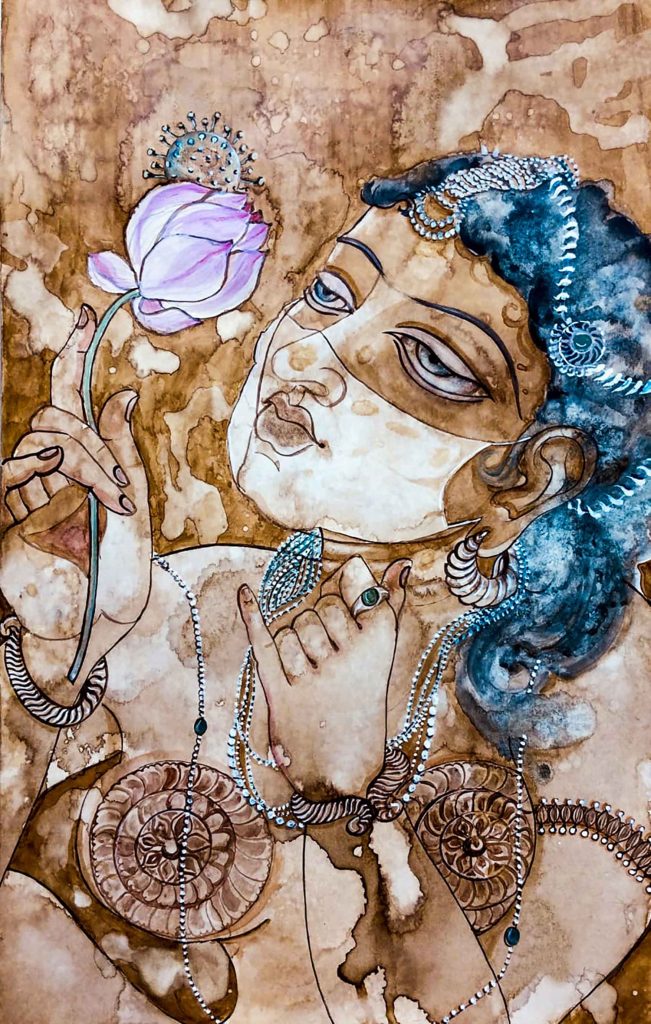
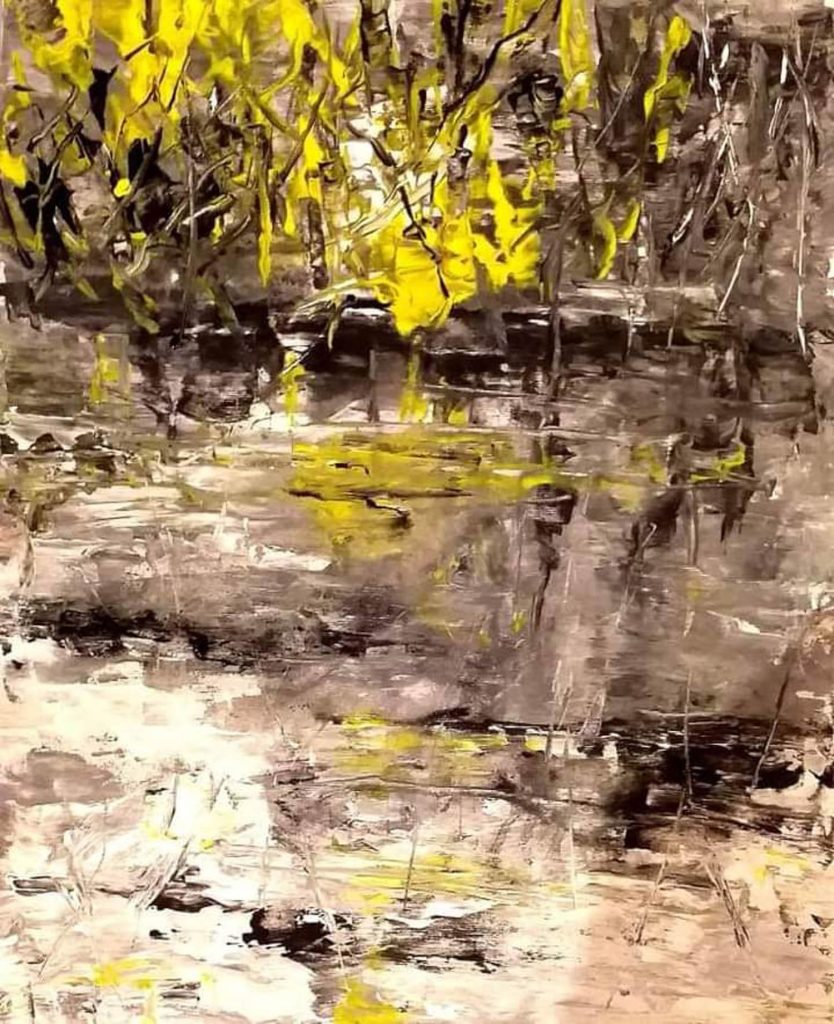
Without a background in the arts, the impressionist painter is pushed forward even more by her competitive spirit to stand up-to par and come out on top against those who have learned art in a “Grammatical” manner. She rallies behind the ardent belief that art is created by the emotions people hold, not just through educational backgrounds.
The English graduate emphasised the importance and personal significance held by each tool under an artist’s wing, each paintbrush, canvas, paint, holding a status inconceivable to most.

